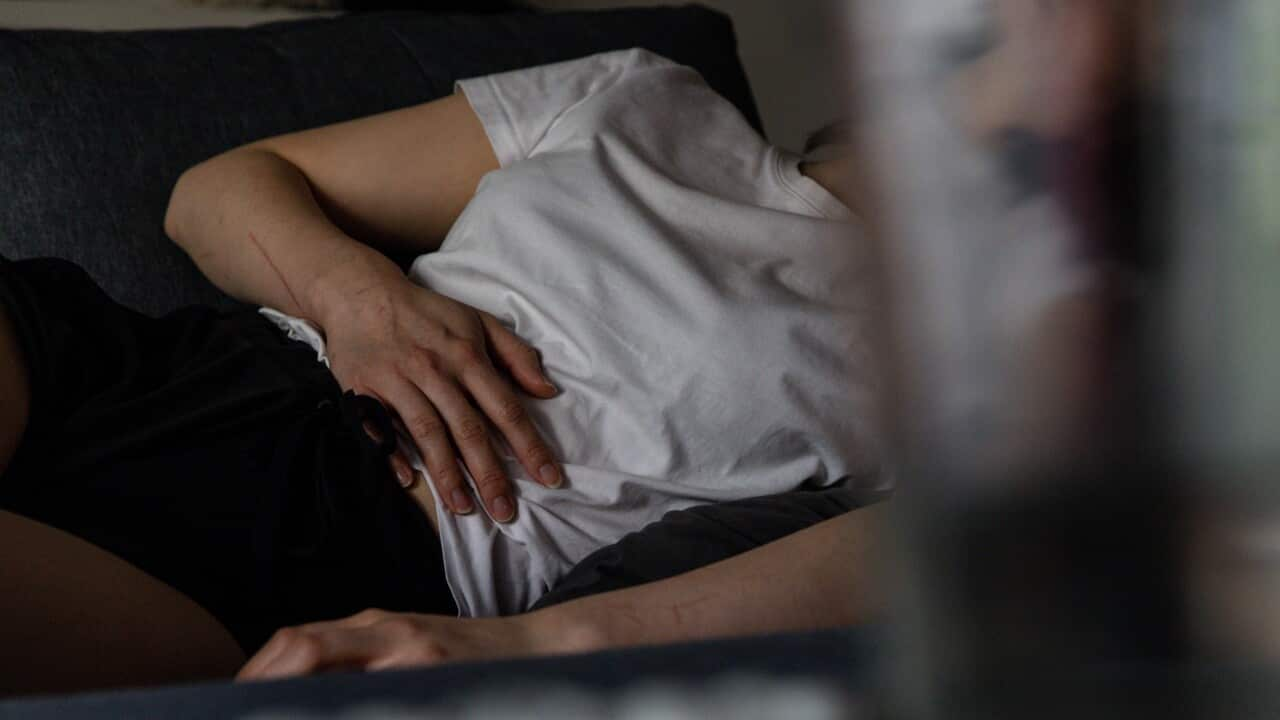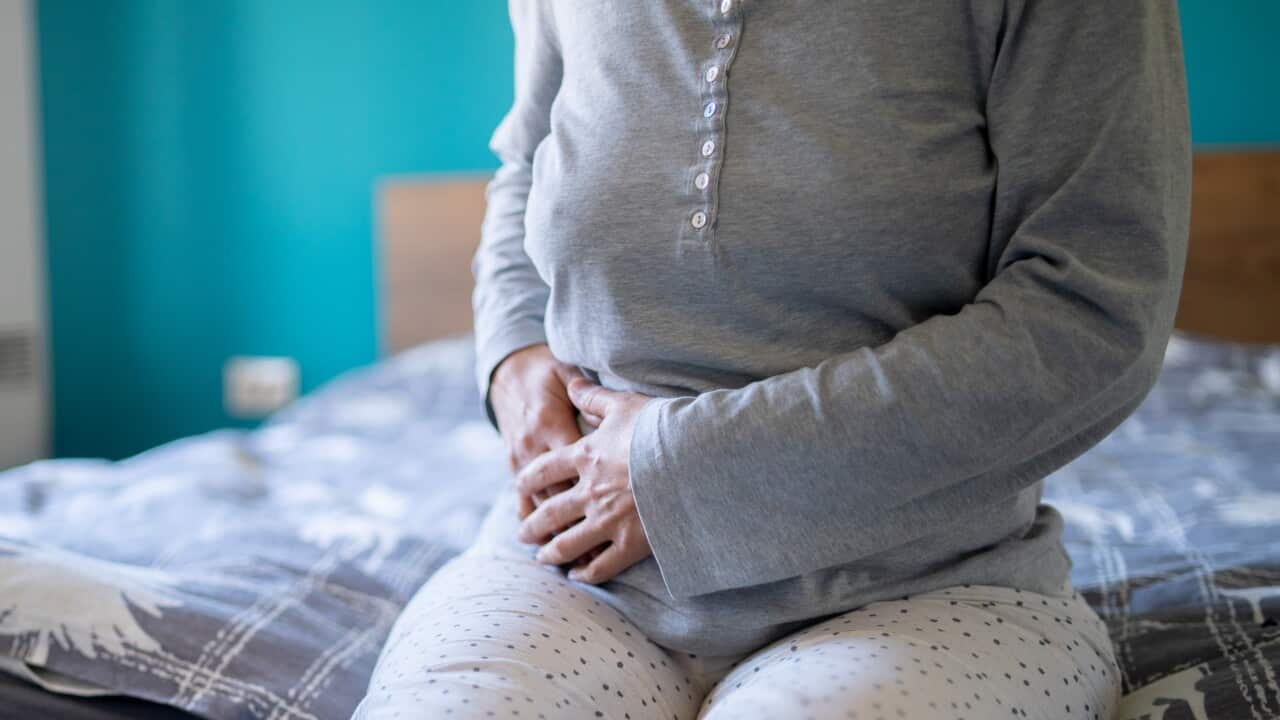Key Points
- The number of women in Australia suffering from endometriosis has risen.
- More women are being diagnosed with the disease at an earlier age.
- Rates of hospitalisation have doubled within the last decade.
There has been a jump in Australian women living with endometriosis and more patients are being diagnosed at an earlier age.
About one in seven women aged between 44 and 49 have the inflammatory disease, the Australian Institute of Health and Welfare says.
Rates of hospitalisation doubled over the past 10 years to more than 40,000 in 2021/22, the institute's Endometriosis in Australia report shows.
The biggest increase in hospital visits was among those aged between 20 and 24 and was one of the leading causes of hospital admissions for that age group.
What causes endometriosis and what are its symptoms?
Endometriosis is a condition in which tissue that usually lines the uterus grows outside the uterus. Symptoms can vary widely but usually include pelvic pain, irregular bleeding, bowel pain and possible infertility.
It can be very painful and lead to fertility problems, abdominal bloating, anxiety, depression and heavy menstrual periods.
The institute says the condition has been historically under-recognised and is hard to diagnose, with the average time between someone having symptoms and getting a diagnosis currently about six to eight years.
University of Queensland scientists used data from the Australian Longitudinal Study on Women's Health and other health service data to work out how many people live with the disease.
Women getting diagnosed at an earlier age
They focused on those born between 1973-1978 and 1989-1995, which revealed younger patients were getting diagnosed at an earlier age.
By the age of 31, some 9.2 per cent of women in the younger age group had a diagnosis, compared to 6.9 per cent for the other group.
"This increase may reflect increased awareness of endometriosis among the general public and health professionals," said institute spokesperson Katherine Faulks.
Researchers noticed a lower rate of hospitalisation among Aboriginal and Torres Straight Islander people, those living in remote areas and people living in lower socio-economic conditions.
However, the results indicated further work was needed to understand the impact of the condition on those who face barriers to accessing health care services.
The institute says endometriosis can impact women and girls, transgender, non-binary and gender-diverse people assigned female at birth.
The most common treatments are keyhole surgery to remove growths, pain medication and hormone treatments.












